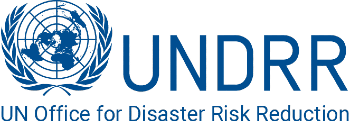UNDRR’s Regional Office for Europe and Central Asia (UNDRR ROECA) covers 55 countries. Aiming to reduce existing risk – and prevent new risks – UNDRR shares best practices, convenes partners, and provides technical support and capacity building for building resilience to disasters at local, national, and regional levels.
UNDRR is the custodian of the Sendai Framework for Disaster Risk Reduction 2015-2030, an international agreement working hand-in-hand with the UN Agenda 2030. The Sendai Framework is an ambitious global agreement that aims to substantially reduce disaster risk and losses in lives, livelihoods and health and in the economic, physical, social, cultural and environmental assets of persons, businesses, communities and countries. It provides Member States with concrete actions to protect development gains from the risk of disasters caused by natural or manmade hazards, as well as related environmental, technological, and biological hazards and risks.
The Global and Regional Platforms for Disaster Risk Reduction are the main fora to share knowledge and discuss the latest developments and trends in reducing disaster risk, identify gaps and make recommendations to further accelerate the implementation of the Sendai Framework. In Europe and Central Asia, the regional platform is the European Forum for Disaster Risk Reduction (EFDRR) with a secretariat composed by the European Commission, the Council of Europe, the host country of the next platform and United Nations Office for Disaster Risk Reduction (UNDRR).

